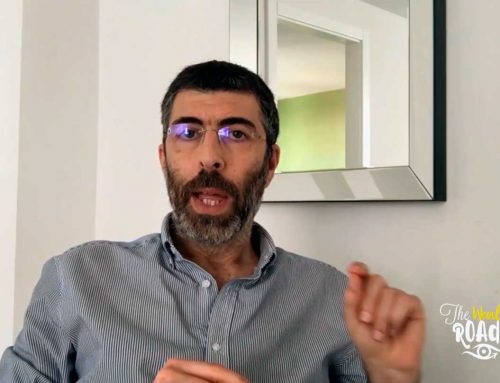The scarcity principle can be roughly simplified in: the more scarce a resource is the more people are willing to give up on something to acquire it; on the contrary, the more common a resource is, the less people will be willing to give up something to acquire it. In detail: The scarcity principle is an economic theory in which a limited supply of a product combined with a high demand for that product causes a disparity in the desired balance between supply and demand.
In the economy, a balanced market is when the quantity supplied is equal to the quantity requested at the equilibrium price – determined by the interaction between supply and demand. It creates, therefore, a mutually beneficial and acceptable price from buyers and sellers. In this situation there are neither shortcomings nor surpluses for a service or a good. However, it’s hard to think and therefore to make a balanced market. In reality, markets often experience some form of imbalance due to mismatched demand and supply levels. A number of internal and / or external factors can cause market imbalance, such as long-term structural discrepancies or government interventions.
In a concrete example: if the price of a good increases, producers will be willing to supply more on the market but, in the same time, consumers could reduce the quantity of good consumed due to the higher purchase cost, it’s like a kind of vicious cycle. In this situation, there will therefore be a surplus existing on the market due to the greater quantity of product supplied, causing an imbalance in the market. Economic theory suggests that in a free market, the prices of this product will end up falling to the equilibrium price, since suppliers will be forced to reduce the cost to avoid the risk of ruining the product that lies in storage.
If instead the good’s price on the market was lower than the equilibrium one consumers would be willing to buy more product. However, since the price is lower than the equilibrium price, producers will only supply a smaller quantity of product as the low price may not be able to cover their production costs. A shortage is thus created because demand exceeds the quantity supplied with consequent market imbalance. In a free market, the price should increase until it reaches the equilibrium price, forced by scarcity.
So the scarcity principle suggests that the price of a limited quantity of goods will increase until a balance is reached between supply and demand, but it can also create a sense of urgency that triggers consumers to act immediately before the goods are no longer available.
How has this principle been implemented by brands over the years? To illustrate the effectiveness of incorporating the scarcity principle in marketing, here are some concrete examples of the most successful.
Nintendo
When the video game company launched the Wii game console in 2006, it was a resounding success, except that for the following three years the company has never been able to store enough units for the U.S. market. This was a deliberate move to artificially create intense demand from a low production number, ensuring that customers would be clamoring to purchase a Wii console. In the first half of 2007, Wii sold more units in the United States than the combined Xbox 360 and PlayStation 3 and became the best-selling console in history in Australia and the United Kingdom.
Starbucks
Following the unicorn-themed food and drinks – rainbow-colored – trend born in 2017 Starbucks introduced a fruity drink without pink, purple and blue coffee called “Unicorn Frappuccino” stating that it would be available only for a few days. Starbucks was so inundated with orders that led to the exhaustion of the drink on the first day with over 160,000 #UnicornFrappuccino posts on Instagram.
Another successful marketing campaign, also by Starbucks was the supply of coffee in #RedCups that can only be used during the Christmas holidays. Users received a $ 0.5 discount on every purchase made the next day with the cup available for $ 2. According to the scarcity principle, a greater value is attributed to an article that is limited in quantity and a lower value to an article that is in abundance.
British Airways
In 2003, the airline announced the reduction of London – New York flights from twice a day to just one, due to the lack of profitability. Needless to say, sales literally took off already the day after the news.
Invoking the scarcity principle to promote and sell a product can be an effective persuasion strategy, but it must be done correctly.
About The Author

Danilo Asturaro
Danilo Asturaro is the founder of The Wealthy Road Inside You, All his teaching come from his own experience. A struggling childhood due to his heart issues caused to him a deeply sense of feeling different from his environment. Because of that his life was based on a lowest level of self esteem. At some moment got an inevitable turning point, he went broke, lost business, money and got divorce.
An “insight” helped him to literally becoming addicted to a personal development material.
A Confident Life is the exact journey he went through






